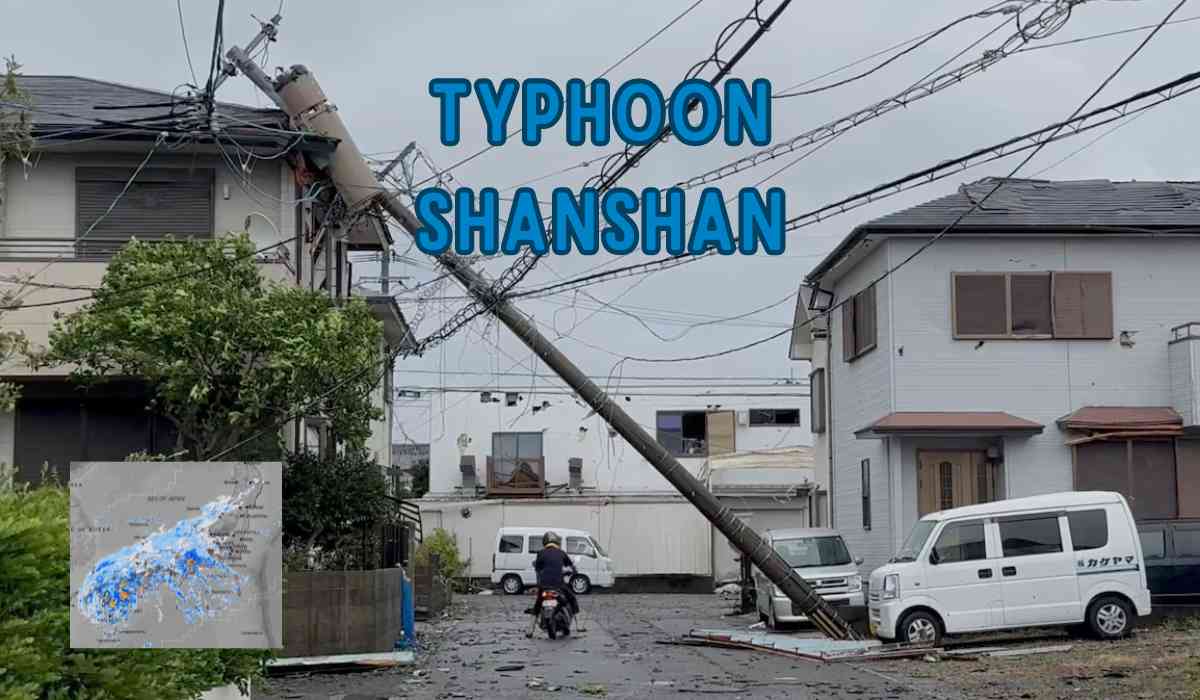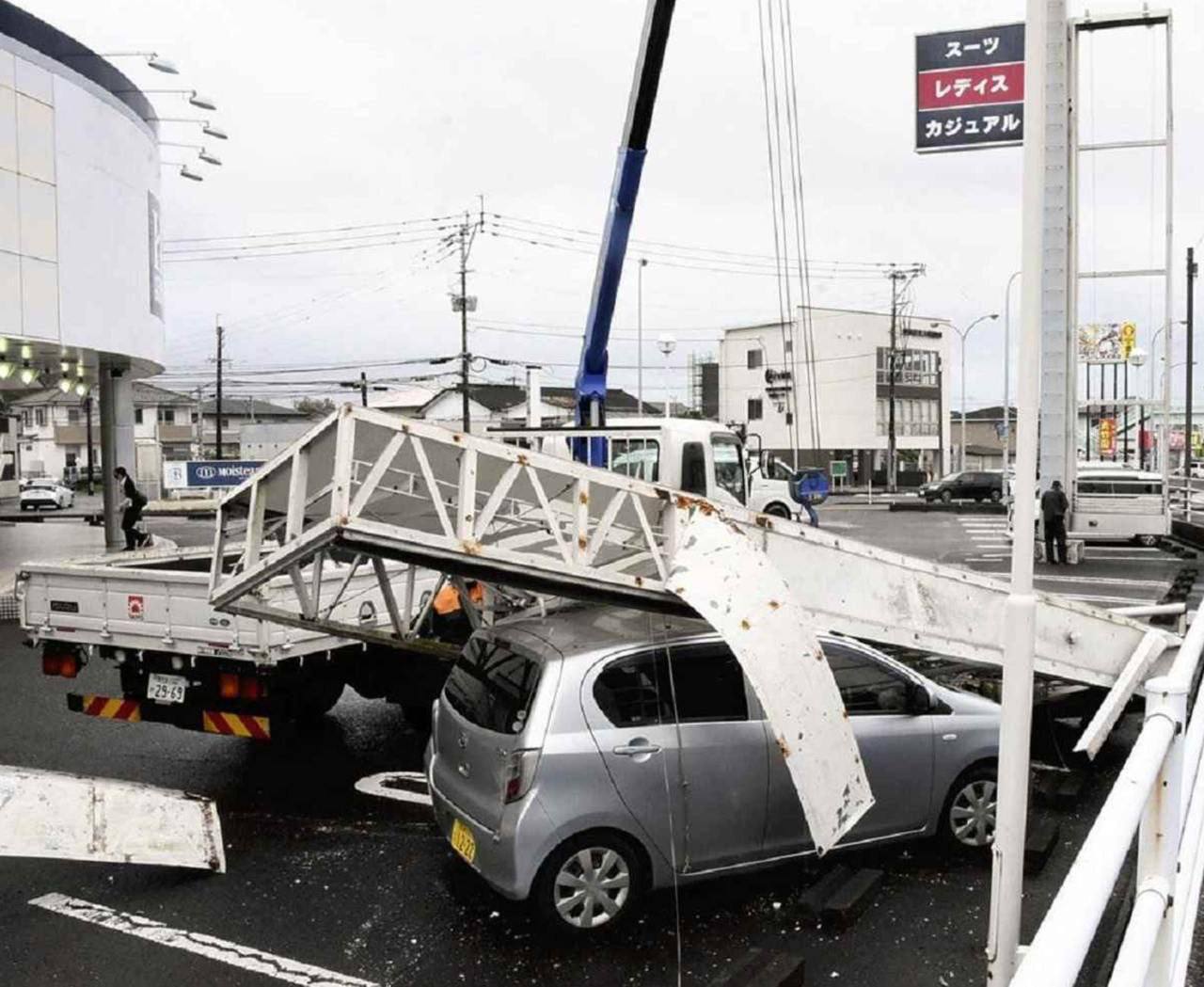Japan ; August 30, 2024
Typhoon Shanshan continues to wreak havoc across Japan, bringing torrential rain and causing widespread travel disruptions. The storm, described by authorities as potentially one of the strongest ever to hit the southwestern region of Kyushu, made landfall on Thursday and has since been moving slowly northeast.
Typhoon #Shanshan rakes over Kyushu, Japan, bringing heavy rain and severe winds 🌀 #台風10号 pic.twitter.com/0YH5smGyK4— Zoom Earth (@zoom_earth) August 29, 2024
Key Impacts:
1. Casualties: Storm-related incidents have resulted in at least three fatalities and 78 injuries.
2. Power Outages: Approximately 125,000 households in seven prefectures of Kyushu do not have access to electricity, according to Kyushu Electric Power Co.
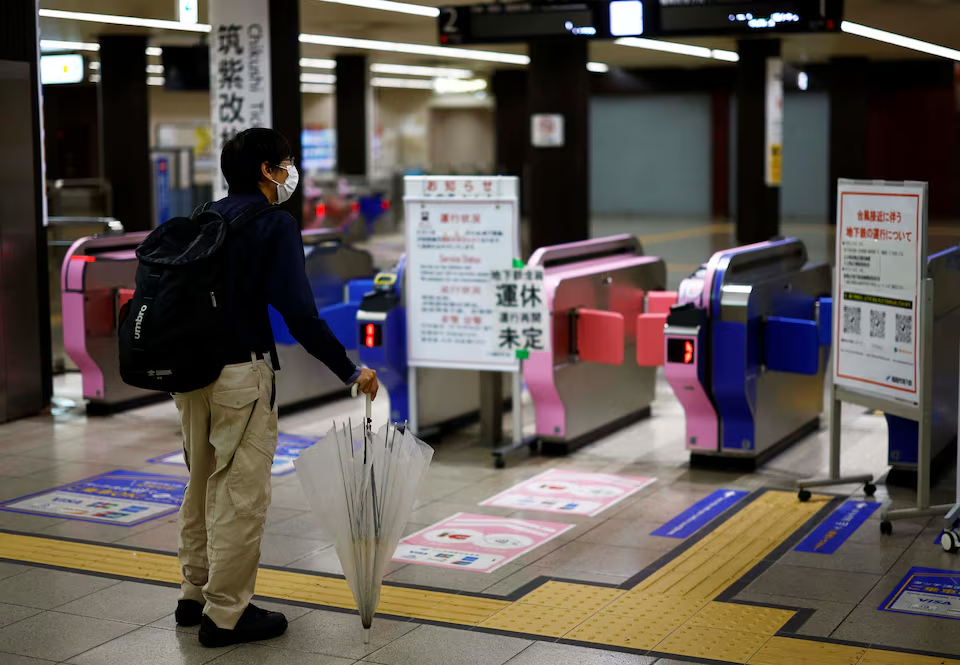
3. Evacuations: According to Yoshifumi Matsumura, minister of disaster management, over 4 million people have been advised to evacuate, but only about 30,000 have actually done so, mostly in Kyushu.
4. Transportation: Significant delays to nationwide rail, air, and ferry services. There are no longer any bullet train services operating between Tokyo and Nagoya. Numerous domestic and international flights have been cancelled by airlines, including Japan Airlines and ANA Holdings.
5. Industrial Impact: Toyota has suspended operations in all domestic plants. Other major companies, including Nissan, Honda, Renault, Tokyo Electron, and Sony, have halted production at some factories.
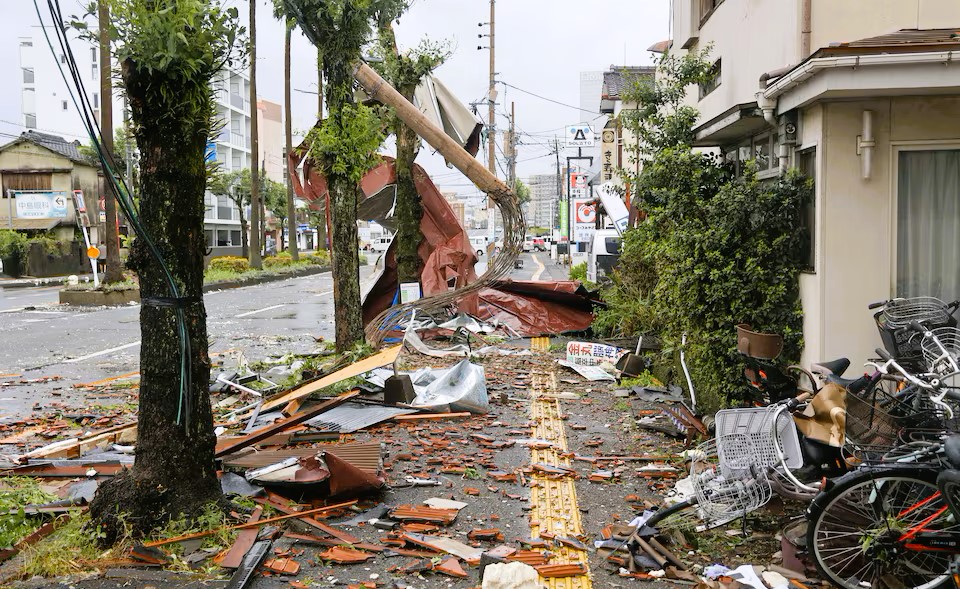
Storm Details:
-
Typhoon Shanshan was located close to the coastal city of Kunisaki in Oita Prefecture as of 8:45 a.m. local time.
-
There have been reports of wind gusts reaching 180 km/h (112 mph), which is powerful enough to topple moving trucks.
-
There are worries about flooding and landslides because of the storm's slow movement and the warm, humid air surrounding it, which has caused heavy rains in places far from its centre.
On-the-Ground Experiences:
In Fukuoka city, residents are hunkering down with streets quiet and shops shuttered. University student Kokoro Osoegawa, 21, shared her experience: "There are no trains because of the typhoon, so my parents are coming to pick me up. I stayed at a friend's house and then came here. I thought there would be some trains, but there are none. I've never experienced all the trains stopping before."
Tourist Lin Yue-Hua, 60, from Taiwan, faced travel disruptions: "We were very worried and upset because we didn't know what to do. We stayed one more day in Japan. Then we saw it in the news that our flight from Taiwan couldn't land in Japan after flying around the area for about 40 minutes, and it flew back to Taiwan. So we have been busy trying to find our way home."
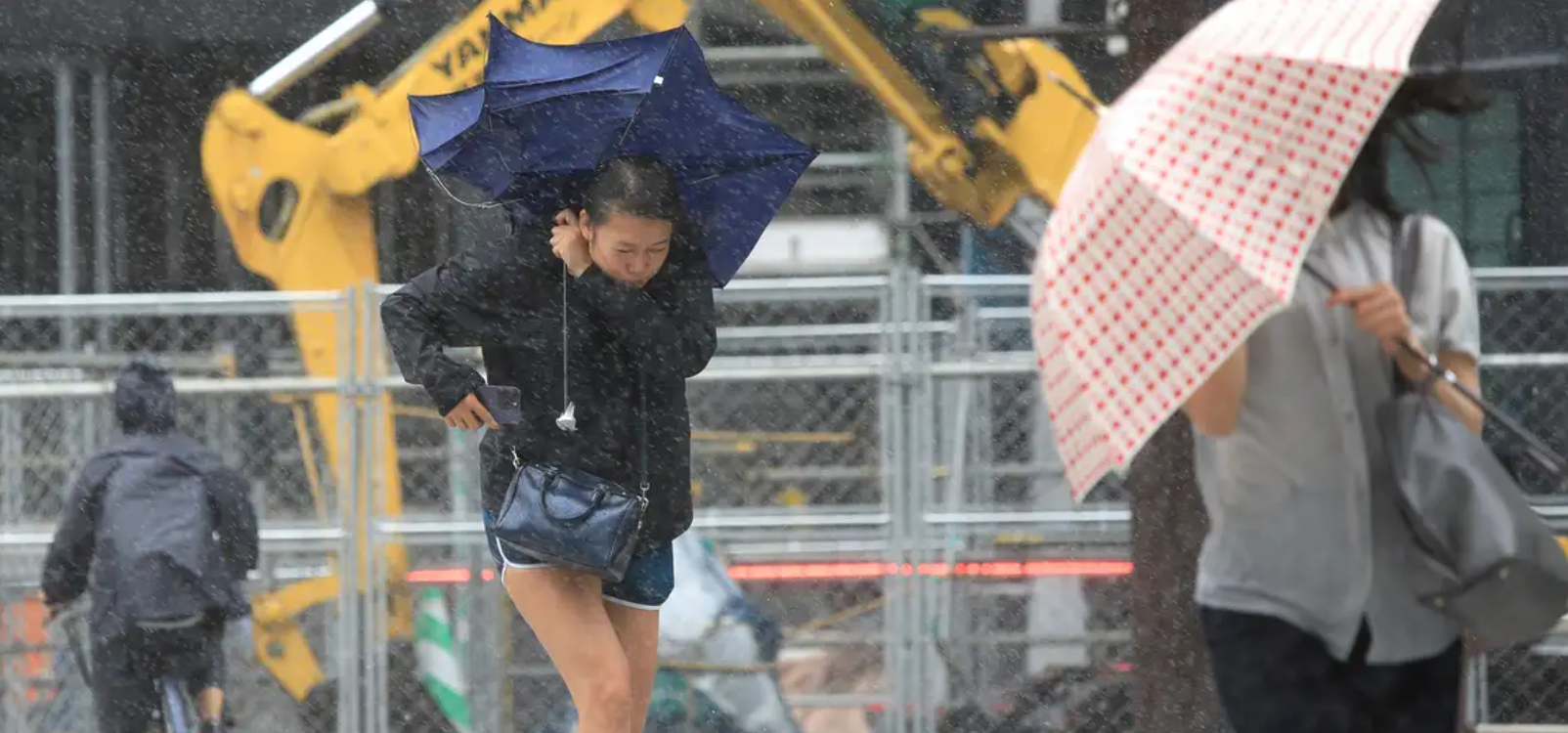
Ongoing threats and precautions:
Authorities warn of potential flooding and landslides, with alerts issued as far as Tokyo and Yokohama. The Japanese Meteorological Agency reported record rainfall in parts of Kyushu, including Misato town, which saw 791.5 millimeters (31 inches) in 48 hours.
During the weekend, the storm is predicted to move towards central and eastern areas, including Tokyo. To protect themselves, residents are asked to keep informed, heed evacuation orders, and take all necessary safety precautions.
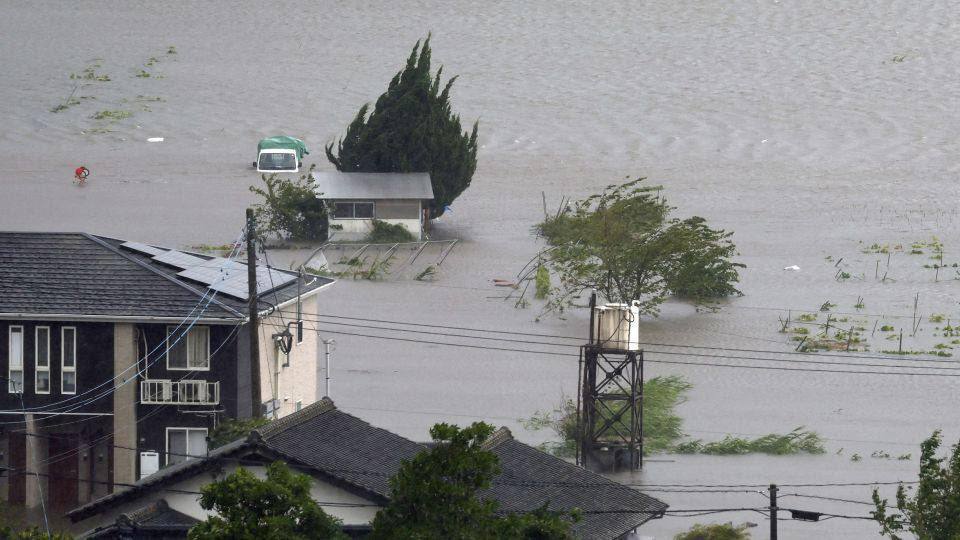
Climate Change Context:
Scientists note that Japan has been experiencing stronger and more intense typhoons in recent years, which tend to last longer due to climate change. This follows closely on the heels of Typhoon Ampil, which also led to blackouts and evacuations earlier this month.
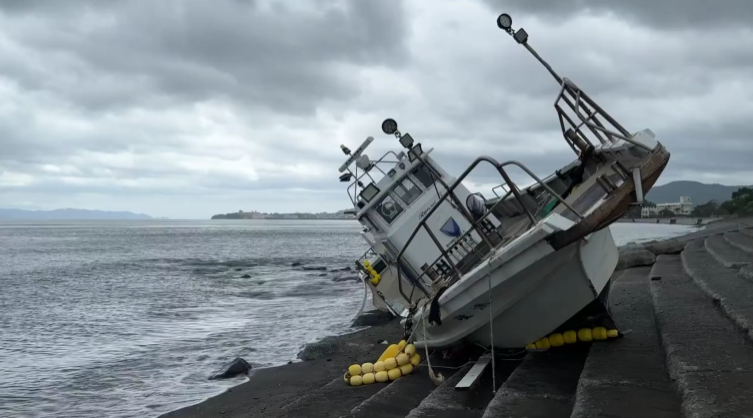
To maintain public safety as Japan battles Typhoon Shanshan, officials are keeping a careful eye on the situation and providing updates.
Inputs by Agencies
Image Source: Multiple Sources
Ⓒ Copyright 2024. All Rights Reserved Powered by Vygr Media.

